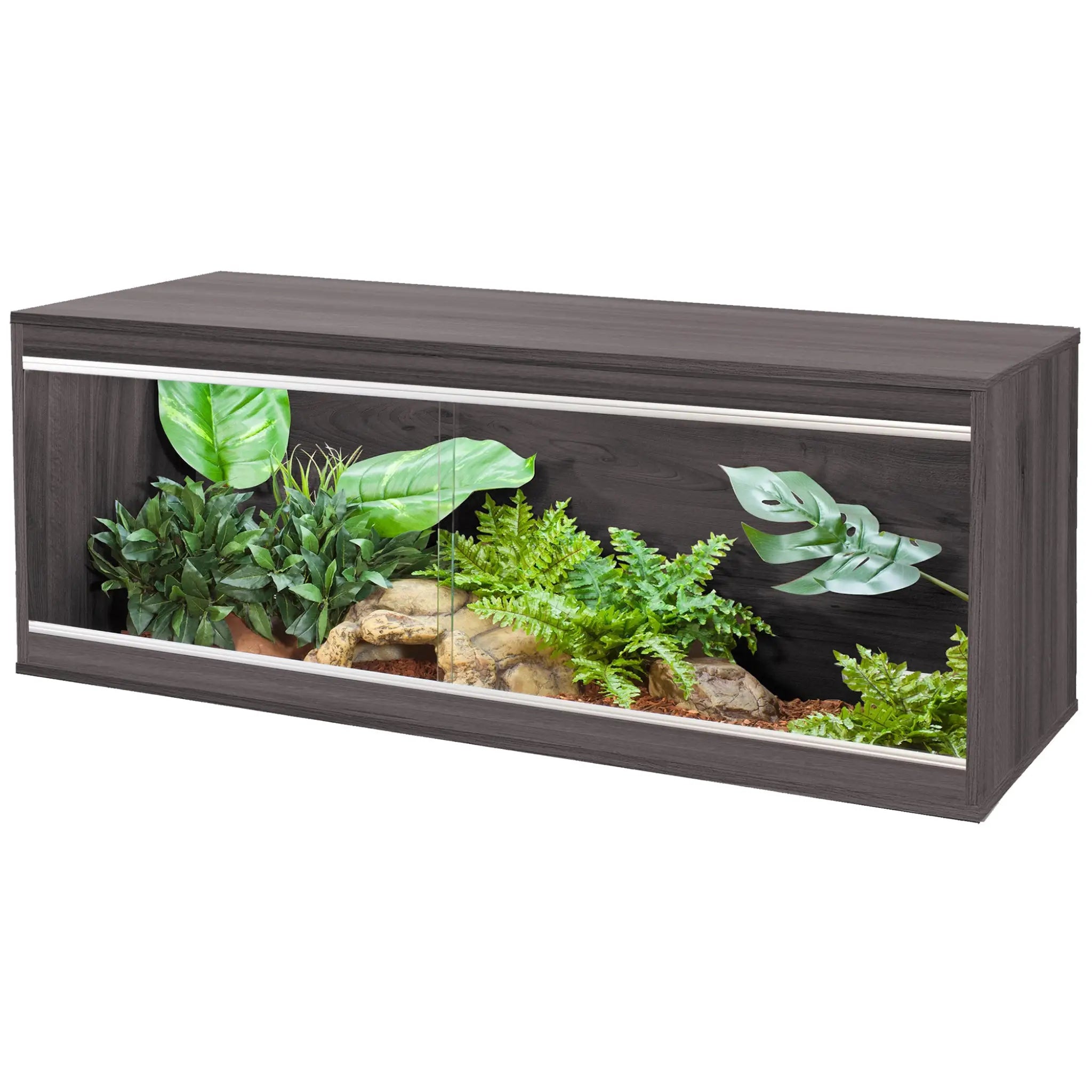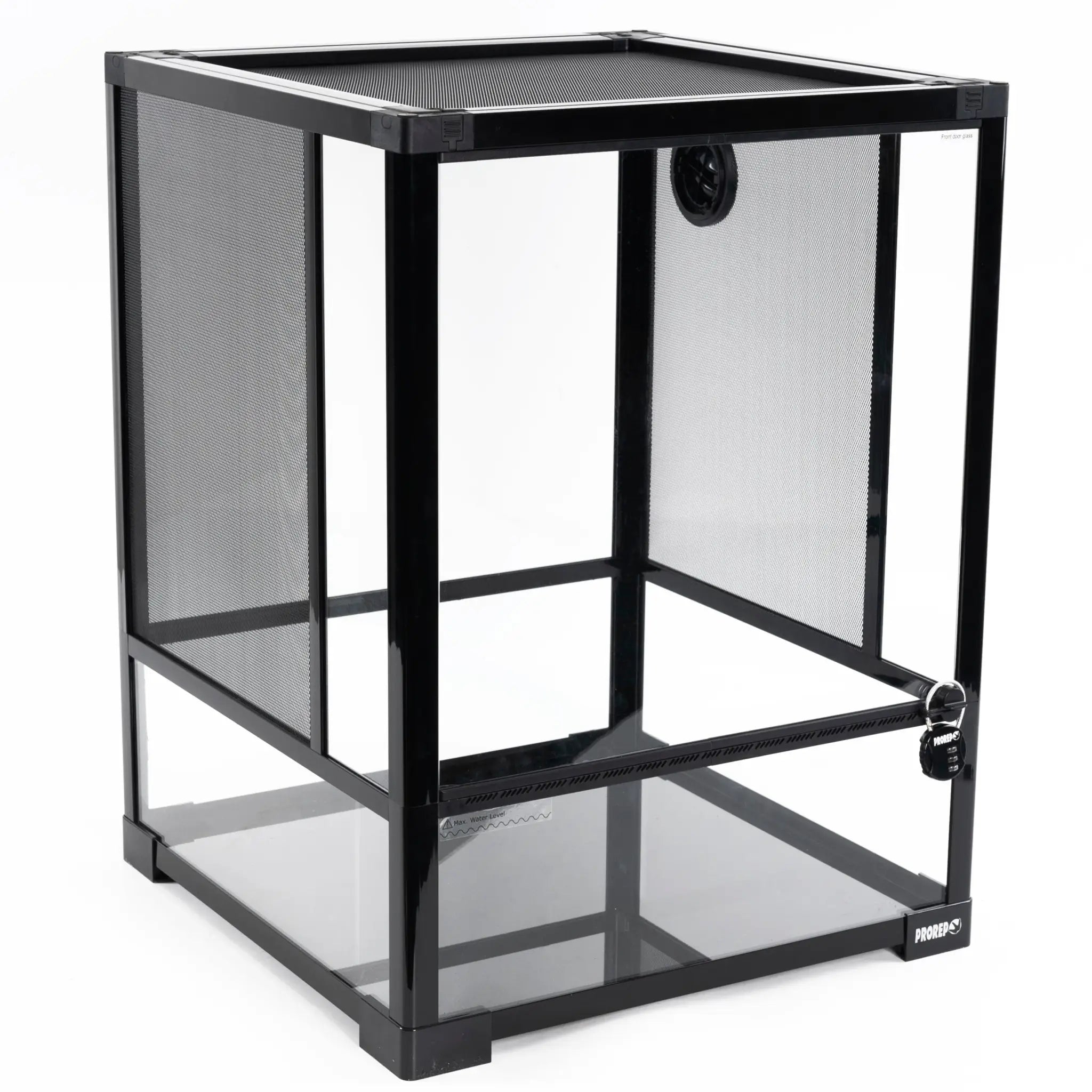
The Difference Between T8 & T5 Reptile UVB Tubes
by Luke Tansley on in Products
The world of reptile UVB lighting can be daunting. So, let’s try to break this down into easy to understand facts.
What does it mean, and what’s the difference?
The ‘T8’ & ‘T5’ terminology is simple. It’s purely the size/circumference of the tube in question.
- T8 circumference is 8cm.
- T5 circumference is 5cm.
Hence the names.
But the difference when it comes to our UVB is all to do with the technology of the tubes.
As you should know, with the UVB tubes, we are essentially trying to replicate the natural conditions in which these exotics live. So a simple google search of the reptile in question’s natural habitat can give you the condition these are naturally designed to withstand. And more importantly, the conditions they need.
If you take the very popular central bearded dragon's natural habitat, we can use Alice Springs in Central Australia for the example. From October to March, the hottest times, thus, more extreme UVB conditions, the UVB index reaches maximums of 13. With an all-around yearly average of 6-9.
Granted though, under such peak conditions, most wildlife, including the dragons, will burrow, or seek shelter during these extreme times.
Now, here in the UK. Our yearly average index is around 4-5. A vast difference.
T8 Tubes
The common T8 UVB tube has been around for many years and became the standard option for our reptile UVB lighting within vivariums and terrariums over the years. Offering adequate strength when used within the brands recommended distances, along with a reflector. This is usually around 8-10 inches from the tube to the reptiles back. Or, vivaria surface.
In my experience using Solarmeters (these measure UVB) over the years, a quality T8 tube (Arcadia or Zoo Med ReptiSun) will index around 4 to 5. This, of course, is not within the range they ideally require. But of course, that UVB was better than no UVB. And along with a good supplement and varied gut-loaded feeding routine, our dragons have started living longer, and healthier lives.
T5 Tubes
Over the past few years, T5 UVB lighting (HO – High Output) has hit the market. Again, Arcadia, and Zoo Med ReptiSun are the top of the market here.
These T5’s are ‘Stronger’, and far better technology. Offering brighter, more quality light. And, also importantly, flicker free.
“What flicker?”, I hear you ask. Well, have you ever recorded a T8 tube on your phone? You will notice a flicker you cant see by eye. But its there. Not so with the T5 technology. And because many reptiles having trichromatic vision (meaning they CAN see UVB) they can more than likely see that flicker.
Also, because the T5 tech Is stronger. The minimum distance, with a reflector, should be around 12/13 inches. Again, this is from lamp to the reptile’s back/vivaria surface.
Under these conditions, they will give an index reading of around 6-8. Which is pretty much double that of a T8 tube. More importantly, much closer to the ‘naturally’ required index readings of their habitat from where they originate.
This has huge benefits for the health and well-being of your reptile. Better conversion of calcium/vitamins & minerals, better food digestion and improved vision which means far more visual stimuli.

Thoughts
I’m NOT saying T8 has no place in the exotics hobby now. Far from it. For reptiles that require lower levels of UVB exposure, a T8 tube, for me anyway, makes this far more achievable.
For example; I use T8 low-level UVB (2% and 6%) with my leopard geckos and snakes. All of them actively seek UVB exposure throughout the day. And WILL openly bask in it.
But for any other occasion, and for my chameleons and dragons, I’ll only use T5 lighting.
Improved technology regarding our reptiles, is a good thing. I fully understand that our reptiles have lived under the older style T8 lighting for many years. And will continue to do so. And even the UVB I used, going back 28+ years ago, worked, to an extent at least.
But as the tech truly improves, as does the lives of our reptiles. This should be the ultimate goal for ALL keepers. T5 HO lighting is what I always recommend to my relevant groups, for those reptiles that require such exposure. The simple reason is, it’s the best for our reptiles.
Why wouldn’t you want the reptiles you keep to thrive, as opposed to just existing?






